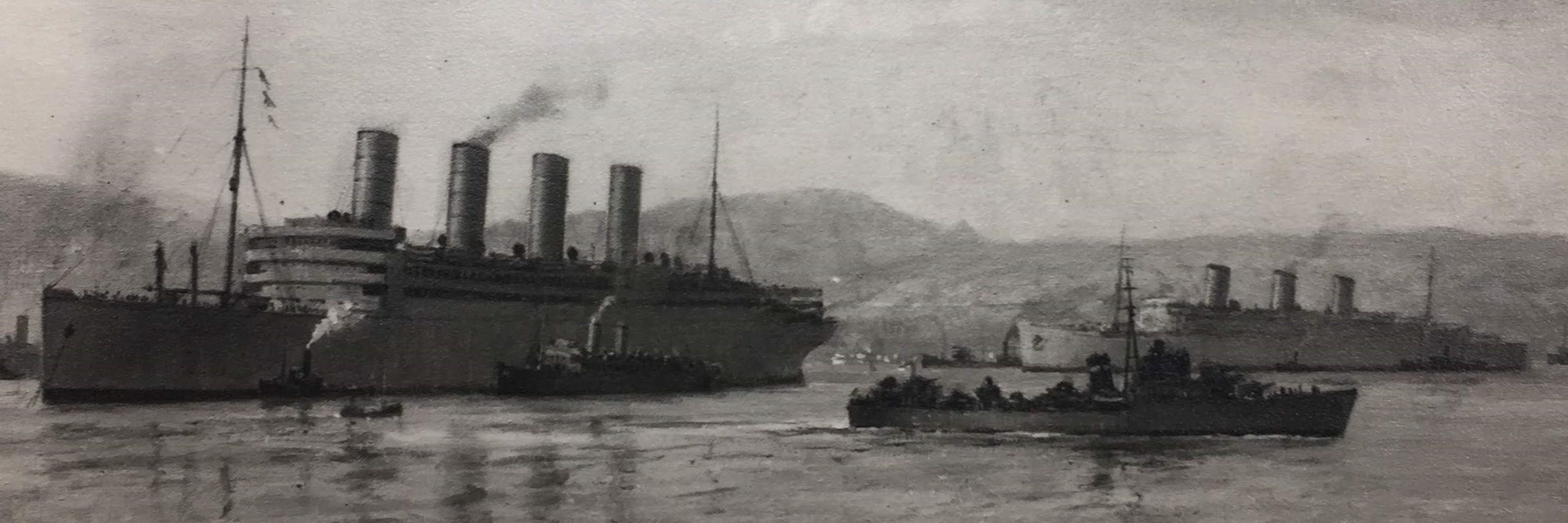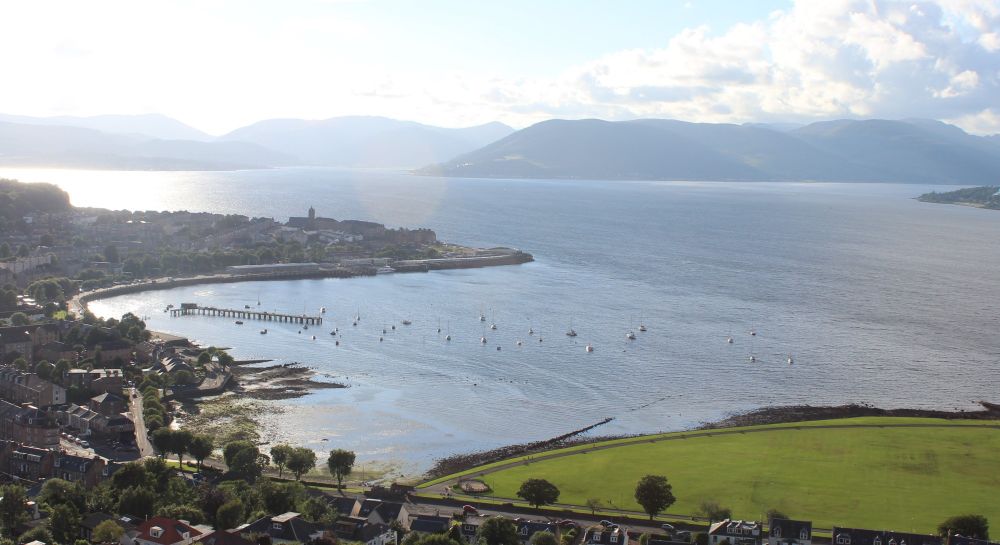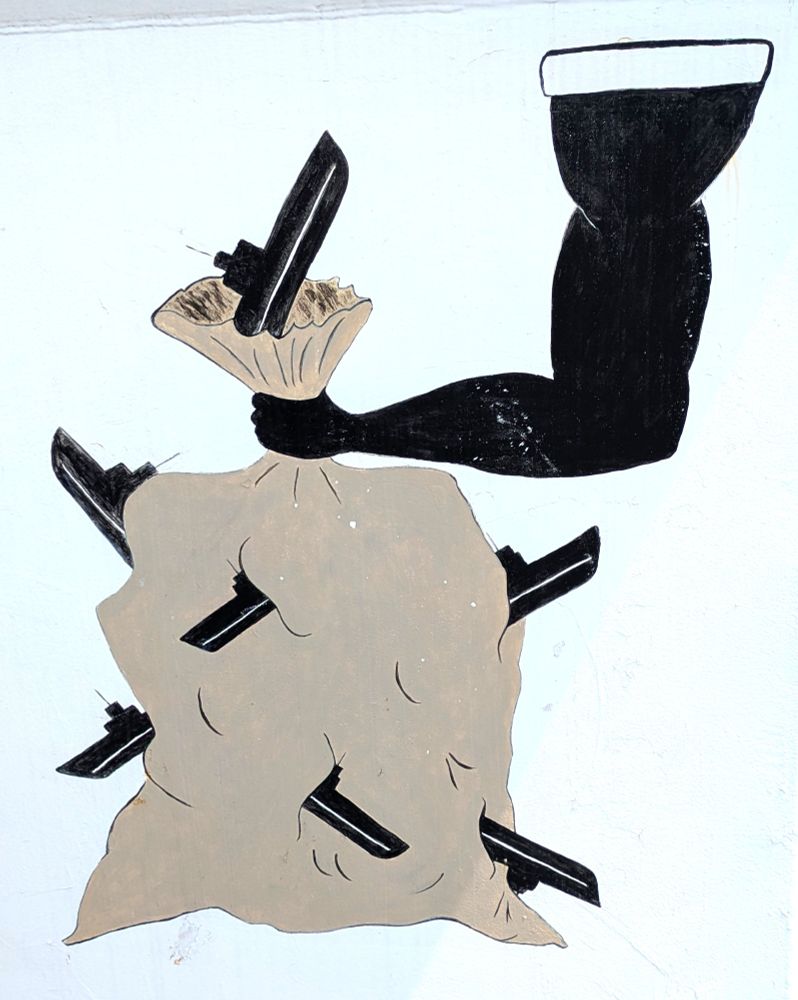Brian Mackie
@brianmackie.bsky.social
660 followers
250 following
210 posts
WW2 Clyde history. HMCS Niobe / Royal Canadian Navy. Greenock Morton / In the Community. Slava Ukraini!
Posts
Media
Videos
Starter Packs
Pinned
Brian Mackie
@brianmackie.bsky.social
· Sep 13
Reposted by Brian Mackie
Reposted by Brian Mackie
Brian Mackie
@brianmackie.bsky.social
· Sep 3
Brian Mackie
@brianmackie.bsky.social
· Sep 1
Brian Mackie
@brianmackie.bsky.social
· Aug 31
Brian Mackie
@brianmackie.bsky.social
· Aug 31
Brian Mackie
@brianmackie.bsky.social
· Aug 31
Brian Mackie
@brianmackie.bsky.social
· Aug 31
Brian Mackie
@brianmackie.bsky.social
· Aug 31
Brian Mackie
@brianmackie.bsky.social
· Aug 31






















